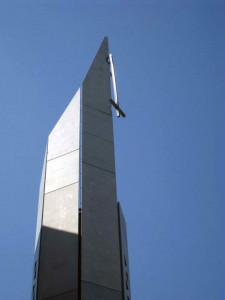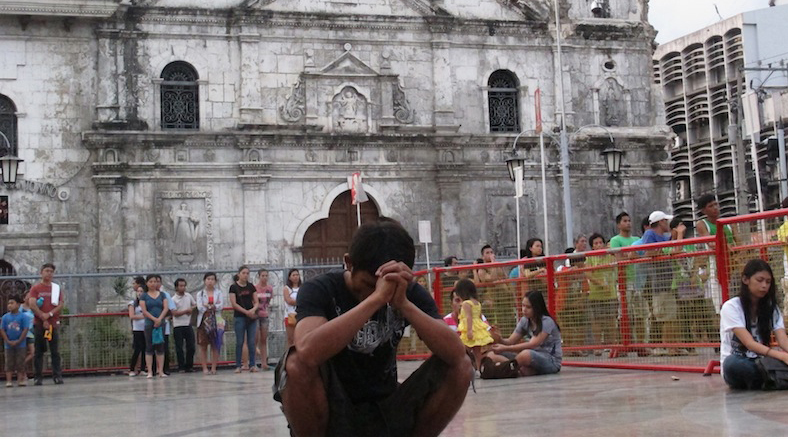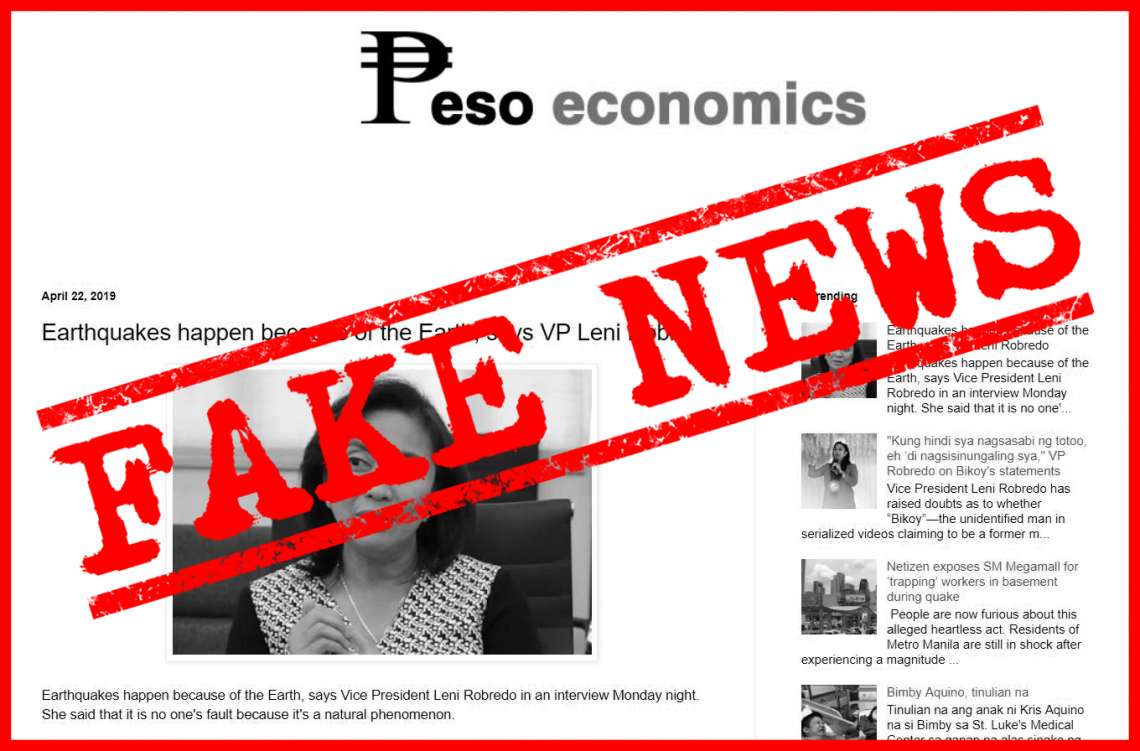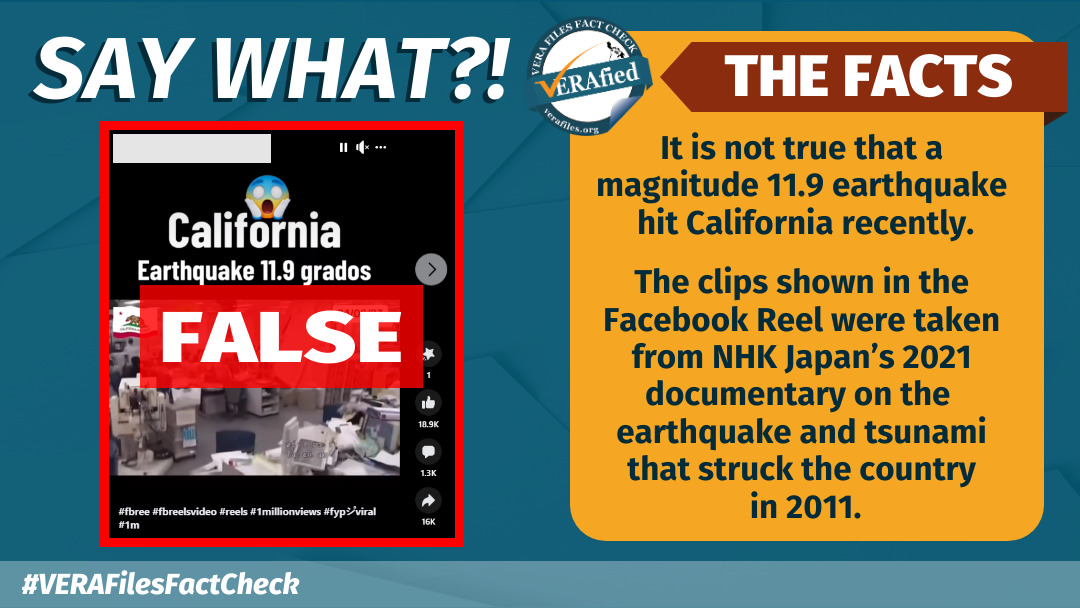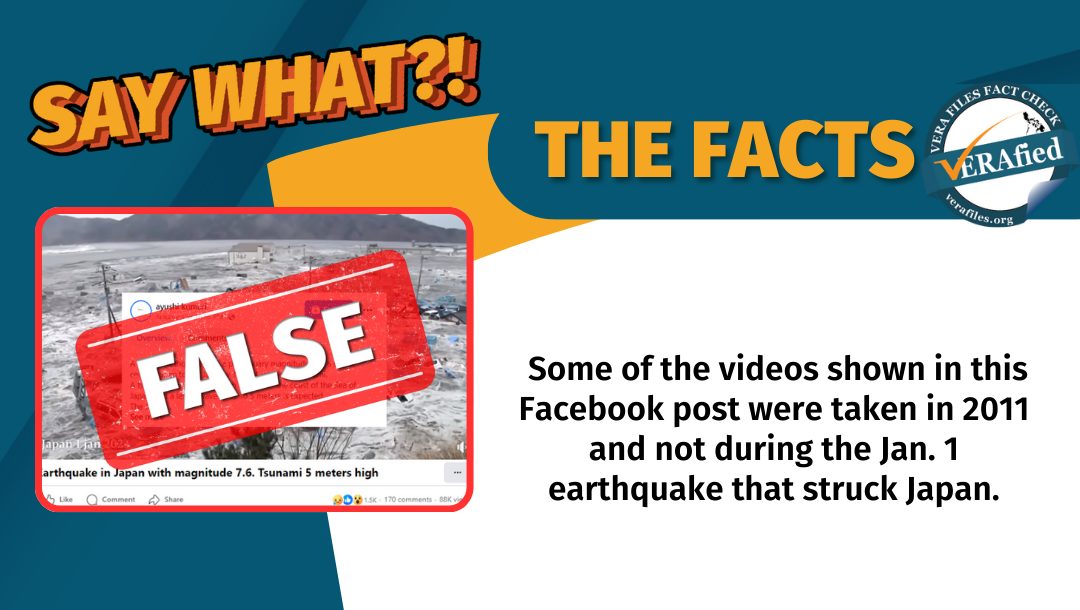By CYRILL YAMBAO

SHOULD the feared 7.2-magnitude earthquake strike Metro Manila, the cities of Marikina and Pasigthat lie along the West Valley Fault have pledged to be prepared to respond to this and other similar disasters.
Last month, the mayors of the two cities, hospital directors, and representatives from the Department of Health, Metropolitan Manila Development Authority, World Health Organization, Philippine Red Cross and medical societies signed the Comprehensive Earthquake Vulnerability Reduction and Response Plan (CEVRRP), considered a “main line of defense” against a big tremblor that could hit the metropolis.
Under the plan, Marikina and Pasig should set up right away a central field hospital in an open area to be manned by volunteers from different hospitals in case of a big earthquake. The hospital must have an emergency room, holding area, minor surgical room, operating room, ward, supply section and an ambulance port.
The two cities must also have a central funeral facility where dead victims of an earthquake are to be buried.
Jenny C. Fernando, DOH’s Health Emergency Management Systems coordinator, said the city governments can draw from their calamity funds to put the CEVRRP in place.
He said Marikina has a P71 million calamity fund a year, 70 percent of which may be spent on disaster preparedness, including rebuilding schools and roads.
Fernando said the DOH is undertaking a massive information campaign on the CEVRRP. In response, Fernando has launched a signature campaign as part of the info drive that aims to orient all hospitals on the guiding principles of the CEVRRP.
“It (CEVRRP) should reach a lot of people,” Fernando said in Filipino. “If many are aware of the guiding principles, there is a greater chance that more volunteers and representatives will report to the field hospital.”
According to the 2002-2004 Metro Manila Earthquake Impact Reduction Study (MMEIRS), a 7.2-magnitude earthquake could hit the metropolis.
The study, which was made by the Japan International Cooperation Agency, MMDA and the Philippine Institute of Volcanology and Seismology, particularly analyzed the West Valley Fault that passes through the cities of Quezon, Marikina, Pasig, Makati, Pateros, Taguig, and Muntinlupa.
It concluded that such a strong earthquake could possibly cause “severe damages,” which include ground rupture, ground shaking, landslides, fires, liquefaction, road cuts, and area separation in the cities.
The study predicted that a 7.2-quake could result in 2,600 deaths, 8,800 injuries and 3.15 million refugees in Marikina alone.
Pinoys in Japan
Filipinos who experienced the magnitude 9.0 earthquake in Japan early this year believe that damages would have been worse had a similar quake jolted the Philippines.
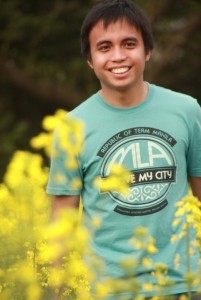
“Buildings in Japan are specially designed to withstand strong earthquakes,” said 25-year-old Prince del Rosario, a software quality assurance engineer on a one-year assignment in Tokyo.
Added 50-year-old Maria Benitez, who works as caregiver in Japan, “The technology (in Japan) is also far more advanced than what we have in the Philippines.”
As of May 5, a total of 1,139 aftershocks have been recorded in the Japan Quake Map website. Because of this, Filipino residents in Japan like Del Rosario and Benitez have started preparing for a possible repeat of the magnitude 9.0 quake.
Filipinos living in Marikina, Pasig and elsewhere in the country will benefit from how their compatriots in Japan prepare for earthquakes.
Aside from monitoring the news, Del Rosario has readied an emergency bag containing basic necessities like food, water and clothes. He has also stopped using the double-lock of his door for easier evacuation from the dormitory in case of such a calamity.
As a precautionary measure, Benitez has also packed important items in her emergency kit. She also said that if the situation in the Fukushima Nuclear Power Plant continues to worsen, “we have friends in Osaka and Hiroshima where we can take shelter.”
Del Rosario recalled that he was busy finishing his weekly deadlines on the ninth floor of his building when the strong earthquake happened. He said the building “started to shake up and down then suddenly shook horizontally.”
“I thought it was the end for me,” he said. “The earthquake was the strongest I have ever experienced and it lasted very long. I was thankful to be alive.”
Like Del Rosario, Benitez was also caught off-guard by the earthquake. She was busy doing chores for her patient when it happened.
“I was so scared and shocked because the quake was so strong, which is not usual compared to what we have experienced before,” she said.
With the many destructive earthquakes recorded in recent history, a high level of self-preparedness—coupled with prayers—may indeed be the best weapon for survival in this world.
